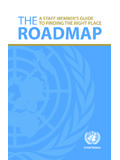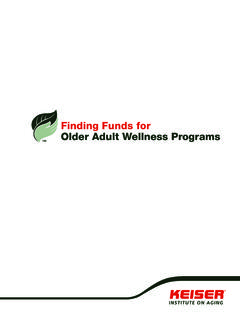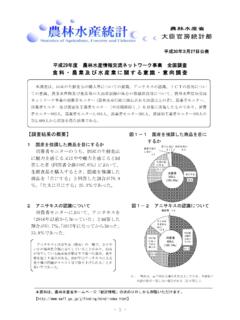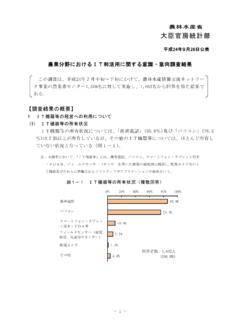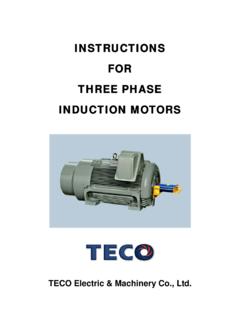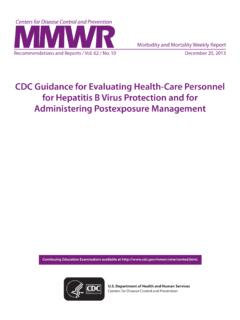Transcription of Worksheet on Rotations (Years 7-11) - mathsmalakiss.com
1 Worksheet on Rotations ( years 7 -11). 1. (i) Work out the angle of rotation , direction and centre of rotation that maps: (a) Shape A to shape B. (b) Shape A to shape C. (c) Shape A to shape D. (d) Shape B to shape C. (e) Shape B to shape D. (ii) On the diagram below, draw the image of shape A under a rotation of 90 anticlockwise about the point (5,0) and label the image E. Note: You may use tracing paper. 1. 2. (i) Work out the angle of rotation , direction and centre of rotation that maps: (a) Shape A to shape B.
2 (b) Shape A to shape C. (c) Shape B to shape C. (ii) On the diagram below, draw the image of shape A under a rotation of 270 . about the point (4,-1) and label the image D. Note: You may use tracing paper. 2. 3. Describe fully the transformation that maps: (a) Shape A to B. (b) Shape B to C. (c) Shape D to C. (d) Shape E to F. Note: You may use tracing paper. 3. 4. (a) Draw the image of shape A under a rotation of 180 about the point (-3,0) and label the image C. (b) Draw the image of shape C under a rotation of 90 anticlockwise about the point (-3 , 0).
3 And label the image D. (c) Draw the image of shape D under a rotation of 180 about the point (-3 , 0). and label the image B. (d) Describe fully the transformation that would map shape A to shape B. (e) Describe fully the transformation that would map shape E to shape F. (f) Describe fully the transformation that would map shape F to shape G. (g) Describe fully the transformation that would map shape E to shape G. Note: You may use tracing paper. 4. Mixed Transformations (and more challenging for some).
4 5. (i) Describe fully the transformation that would map: (a) Shape A to shape B. (b) Shape A to shape C. (c) Shape C to shape D. * (ii) Describe fully two combined transformations that would map shape C to shape E. (iii) Describe fully the single transformation that would map shape A to F. Note: You may use tracing paper. 5. Answers: 1. (a) 90 anticlockwise about the origin (b) 180 about the origin (c) 90 clockwise about the origin (d) 90 anticlockwise about the origin (e) 180 about the origin 6. 2. (a) 90 anticlockwise about the point (-1,-1).
5 (b) 180 about the point (-1,-1). (c) 90 clockwise about the point (-1,-1). 7. 3. (a) rotation of 90 anticlockwise about the point (1, -1). (b) rotation of 90 anticlockwise about the point (1, -1). (c) rotation of 90 clockwise about the point (1, -1). (d) rotation of 180 about the point (-5, 0). 8. 4. (d) A to B: rotation 90 anticlockwise about the point (-3,0). (e) E to F: rotation 90 clockwise about (4, 1). (f) F to G: rotation 90 anticlockwise about the point (5, -2). (g) E to G: Translation vector ( ) or two units to the left followed by four units down.
6 9. 5. (i) (a) A to B: rotation 90 anticlockwise about the point (6,0). (b) A to C: reflection in the line y = x. (c) C to D: Translation vector or 5 units to the left followed by 1 unit down (ii) C to D: translation vector followed by a rotation of 90 anticlockwise about the point (-4, -1) or a rotation of 90 anticlockwise about the point (-4, -1) followed by a translation vector or a rotation of 90 anticlockwise about some point (eg. (2,1) followed by some translation (eg. a translation vector ). (i) A to F: enlargement scale factor , centre (3, 1).)
7 I hope you find this useful. Please let me know if you find any errors. 10. Note: With the most able students you may want them to try one question on rotation without tracing paper (using constructions of the perpendicular bisectors of two of the lines joining a pair of points to their images to locate the centre of rotation ). 11.
